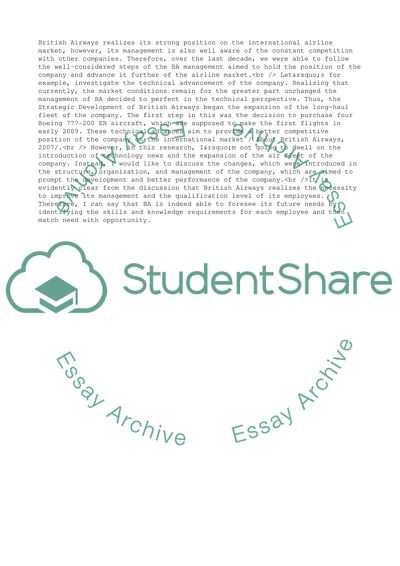Cite this document
(An Organisational and Strategic Analysis of British Airways Essay, n.d.)
An Organisational and Strategic Analysis of British Airways Essay. Retrieved from https://studentshare.org/business/1539835-an-organisational-and-strategic-analysis-of-british-airways
An Organisational and Strategic Analysis of British Airways Essay. Retrieved from https://studentshare.org/business/1539835-an-organisational-and-strategic-analysis-of-british-airways
(An Organisational and Strategic Analysis of British Airways Essay)
An Organisational and Strategic Analysis of British Airways Essay. https://studentshare.org/business/1539835-an-organisational-and-strategic-analysis-of-british-airways.
An Organisational and Strategic Analysis of British Airways Essay. https://studentshare.org/business/1539835-an-organisational-and-strategic-analysis-of-british-airways.
“An Organisational and Strategic Analysis of British Airways Essay”, n.d. https://studentshare.org/business/1539835-an-organisational-and-strategic-analysis-of-british-airways.


